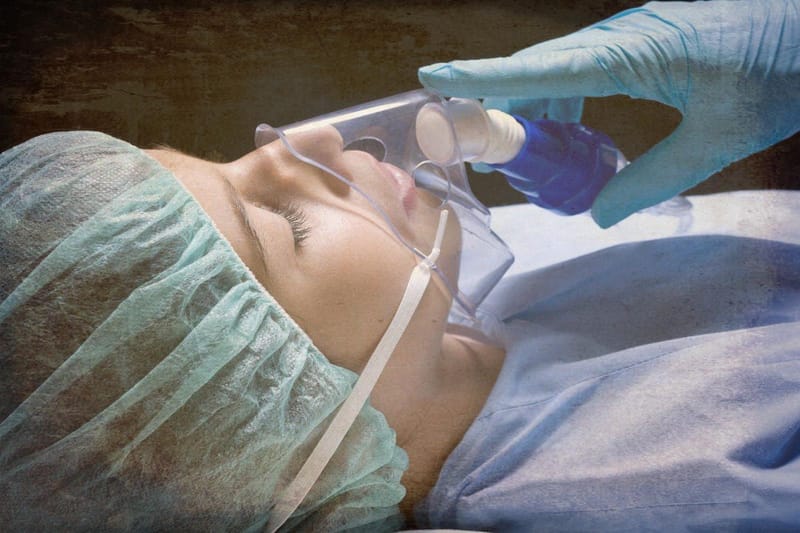The Discipline of Anaesthesia

Anaesthesia is designed to keep the patient comfortable, safe and free of pain during a procedure. It helps fascilitate the procedure for both patient and surgeon.
The choice of anaesthetic type depends on the nature of the surgery, the patient's general health status as well as the patient's own personal preference.
The anaesthesiologist will subsequently offer the patient the best option suited to his or her wishes and circumstances, as long as it places the patient at the lowest risk possible.
Anaesthesia is a pharmacologically induced and reversible state of amnesia, analgesia as well as a loss of consciousness, achieved by using a combination of drugs such as analgesics, sedatives and muscle relaxants.
All types of anaesthesia can be used individually, or in combination, to achieve the best and safest anaesthetic for each individual patient.
The Types of Anaesthesia are:
- General Anaesthesia - Also referred to as a “GA”. You will be put into a state of controlled unconsciousness so that you are not aware of your procedure. This is done using drugs injected into a vein, gases that you inhale or a combination thereof. These agents inhibit feeling, movement and nerve transmission at the level of the brain.
- Local Anaesthesia - Also referred to as “Local”. Using either drops, spray, ointment or an injection of local anaesthetic, a small part of the body is numbed so that you do not feel pain in that area.
- Regional Anaesthesia (blocks, spinal, epidural) - Local anaesthetic drugs are injected near the bundles of nerves that carry signals from that part of the body to the brain. Whole body parts are made numb. You remain conscious but pain free. These are divided into spinals, epidurals and specific limb blocks.
- Spinal and epidural blocks: Injections into the lower back are used to temporarily paralyse the nerves of the spinal cord producing numbness of the lower half of the body.
- Nerve blocks: Local anaesthetic is injected around a nerve or group of nerves making a single limb numb.
- Eye blocks
- Sedation/Conscious Sedation - Injected drugs or gases are used to keep you calm and slightly sleepy but rousable. This is usually combined with local or regional block for a procedure. Eye surgery (cataracts), hand surgery, gastroscopies and colonoscopies are often done under sedation.
Risks Associated with Anaesthesia
Modern anaesthesia is safe but does have potential side effects and complications. The risk of experiencing a complication is affected by the patient's general state of health, specific medical conditions and the complexity of the procedure. Kindly discuss any queries / concerns with the anaesthesiologist before your procedure.
How safe is Anaesthesia: Anaesthesia in a fit healthy patient (ASA 1) is comparable in risk to a commercial air-flight and safer than driving in a car. Anaesthesia in a sick patient undergoing high risk surgery (ASA 3-5) has a similar risk to flying in a helicopter.
Complications of Anaesthesia
Unfortunately adverse events can occur during any anaesthetic procedure and may incur further medical expenses. The effects can range from trivial to brain damage or death. These events may occur due to reactions to anaesthetic drugs, underlying medical diseases, complications with performed procedures or surgery itself. Anaesthesiologists have been trained to manage these complications. If a complication persists kindly inform your anaesthesiologist or surgeon as soon as possible.
Keep in mind that you can ask any anaesthesia related question or discuss any relevant matter with your anaesthesiologist during the preoperative examination.
For more information on the Discipline of Anaesthesia, feel free to visit the webpage of the South African Society of Anaesthesiologists (SASA).


